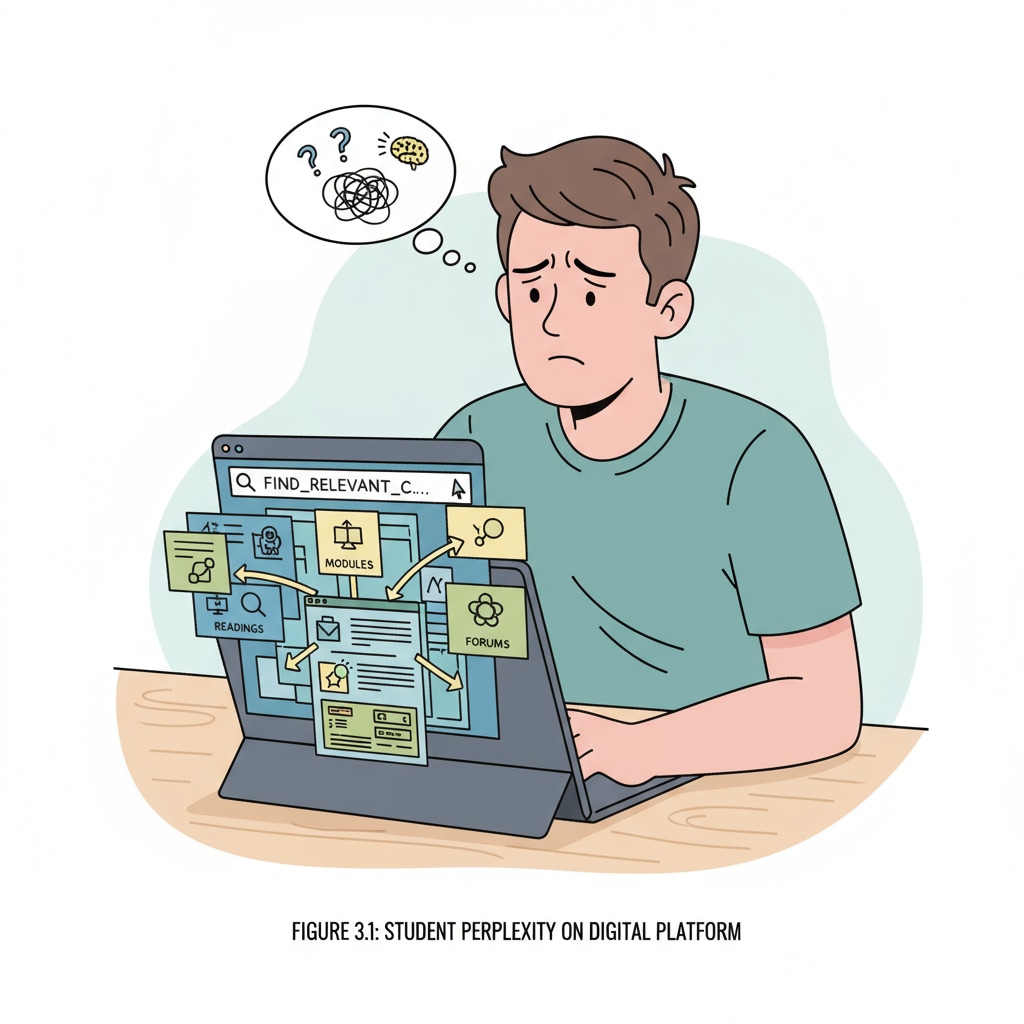Digital learning, Chromebook, lack of textbooks, and math exercises are hot topics in the current K12 education landscape. As the digital transformation of K12 education speeds up, an increasing number of schools are fully embracing Chromebooks and online learning platforms. This shift, while promising in many ways, has also brought to light some significant issues, especially the lack of systematic content and an adequate number of practice resources.

The Rise of Digital Learning in K12
The push towards digital learning in K12 education has been driven by various factors. Technology has become more accessible and affordable, and there is a growing belief that digital tools can enhance the learning experience. Chromebooks, in particular, have gained popularity due to their low cost, portability, and ease of use. Many schools see them as a way to modernize education and prepare students for a digital future. For example, according to the National Center for Education Statistics, the use of digital devices in schools has been on the rise in recent years.
The Problem of Systematic Content
One of the major drawbacks of relying solely on digital learning platforms is the lack of systematic content. Traditional textbooks are carefully structured, with a clear progression of concepts and topics. In contrast, many online resources are fragmented and unorganized. This makes it difficult for students to build a solid foundation of knowledge. For instance, a student might find different explanations for the same math concept on various platforms, leading to confusion. Parents often struggle to help their children make sense of this disorganized content, as they may not have the expertise to piece it together.

Inadequate Math Exercises
Math is a subject that requires ample practice to master. However, digital learning platforms often fail to provide sufficient math exercises. Without enough practice problems, students may not be able to fully understand and apply mathematical concepts. This can have a significant impact on their academic performance. Many parents have noticed that their children are not getting the same level of practice as they would with traditional textbooks. As a result, they are forced to seek additional resources outside of the digital learning platforms, which can be time-consuming and costly.
Readability guidance: By clearly presenting these issues, we can see that while digital learning in K12 has its advantages, it also comes with challenges. The lack of systematic content and sufficient math exercises needs to be addressed to ensure that students receive a quality education. Schools, educators, and parents should work together to find a balance between digital and traditional teaching methods, perhaps by supplementing digital resources with well-structured textbooks and additional practice materials. As we move forward, it’s crucial to learn from the experiences of the current digital learning wave and make improvements for the betterment of students’ learning outcomes.


